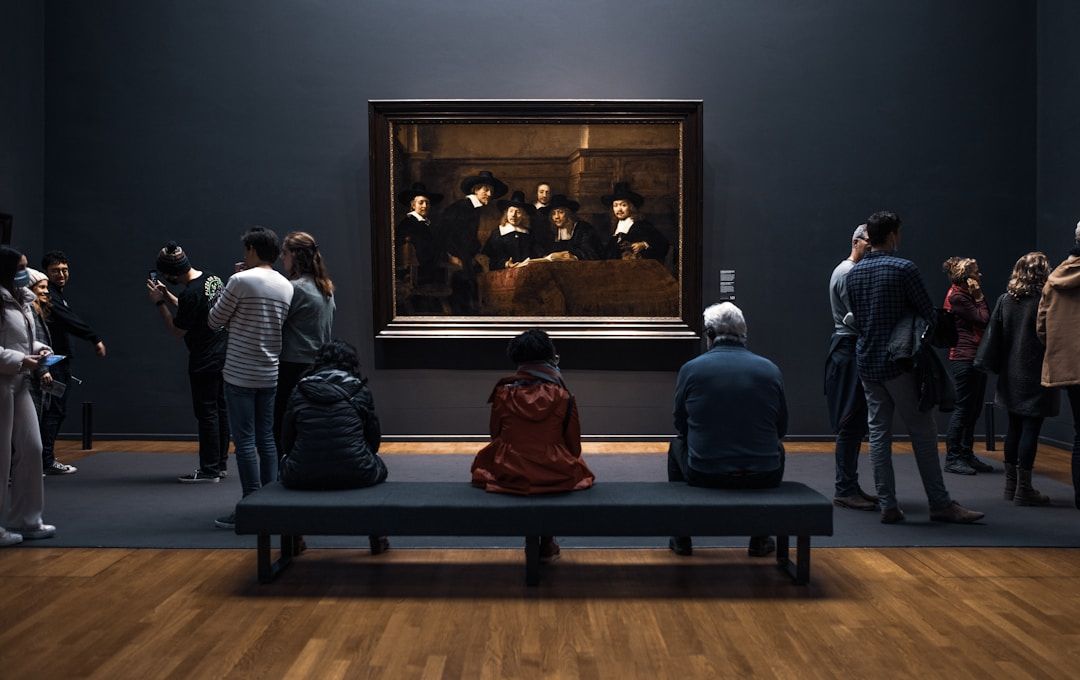Museums after dark:
One of the most inspiring shifts in global night-time culture right now? Museums are staying open after dark. I explained to someone the other day that I was an art fiend and can regularly be found exploring all forms of art and culture in cities after dark. I'm always open to experiences. One thing that has frustrated me for years is that museums and cultural spaces that thrive during the day often close and become quiet at night. But things are changing.
And not just for the occasional gala or special event, we’re seeing major institutions commit to regular late-night openings as part of their long-term strategy to diversify audiences, increase accessibility, and reimagine cultural participation after sunset.

What the initiative offers:
The Opportunity: Museums as Cultural Anchors After Dark:
Opening museums later isn't just a symbolic gesture; it's a strategic one. Here's how after-dark cultural programming can support wider goals for cities, communities, and the creative economy:
1. Diversifying Audiences & Participation
Late openings offer flexibility and signal that museums are for everyone, including young people, shift workers and those with daytime responsibilities.
Example: The Tate's Friday and Saturday night programmes feature live DJs, talks, and interactive art to attract younger and more diverse audiences.
Example: Powerhouse Museum’s “Powerhouse Late” in Sydney offers live music, food trucks and tech demos every Thursday night, shifting the demographic and vibe entirely after dark.
2. Reimagining Museums as Experience Spaces
Experiential leisure is booming. After-dark programmes allow museums to offer immersive storytelling, projection mapping, sensory installations and performance-led exhibits.
Example: Amsterdam’s Museumnacht fuses fashion shows, dance, spoken word and live art turning institutions into nightlife venues for one night a year.
3. Supporting Health, Wellbeing and Calm
Not everyone wants a bar or a club. Museums can offer a slower, more reflective and alcohol-free alternative that supports wellbeing and inclusion.
Example: The Wellcome Collection’s “Friday Late Spectaculars” explored mental health, identity and belonging through accessible, multi-sensory creative formats.
4. Strengthening Local Economies
Late-night museums benefit the wider economy. Extended hours mean more foot traffic for cafés, restaurants, taxi services, and local artists. Museums can become evening anchors.
Example: In Barcelona, the Night of the Museums includes partnerships with local businesses and performers, turning the entire city into a celebration of culture and commerce.
5. Cross-Sector Collaboration
Museums after dark create opportunities for partnerships with artists, educators, DJs, wellness practitioners and nightlife organisers, enriching cultural ecosystems.
Example: Marseille’s climate shelter initiative merges public health, sustainability and cultural access in a powerful, city-wide collaboration.
6. Creating Safer, More Inclusive Public Spaces
A well-lit, open museum sends a strong message that this is a safe space to gather, think and connect. These kinds of environments can reshape the energy of a neighbourhood after hours.
Example: The Brooklyn Museum’s First Saturdays bring together music, food, and community in a family-friendly nighttime format that feels joyful and accessible to all.
- Step-free access to all spaces, not just the main entrance
- Viewing platforms and preserved dancefloor areas for wheelchair users
- Lowered bar counters or table service options so people in wheelchairs or of shorter stature can order and be served
- Clearly marked walkways for flow of movement, especially important for blind, visually impaired or mobility-restricted guests
- Good lighting to support visibility and navigation
- Clean, accessible toilets in multiple locations
- Clear evacuation plans for people with mobility needs
Case study: Boomtown Fair has implemented accessible viewing platforms, toilets, quiet spaces, and on-site access support teams, all of which were co-designed with people with disabilities.
Write your awesome label here.
Final thoughts
As our cities evolve, so should our cultural spaces. Museums have a chance to be more than quiet daytime destinations; they can become night-time beacons of creativity, connection and care.
Whether it's rethinking climate, access, or audience, opening museums after dark is a bold invitation to a new generation: you belong here, we are relevant and waiting to create the space you need to lead the way whenever you're ready.
If you're planning to activate your museum, cultural venue, or town centre at night, my team and I would be delighted to help. We've worked with hundreds of cities and venues to develop inclusive, strategic, and sustainable nighttime offerings.
Let’s unlock culture after dark, together.
